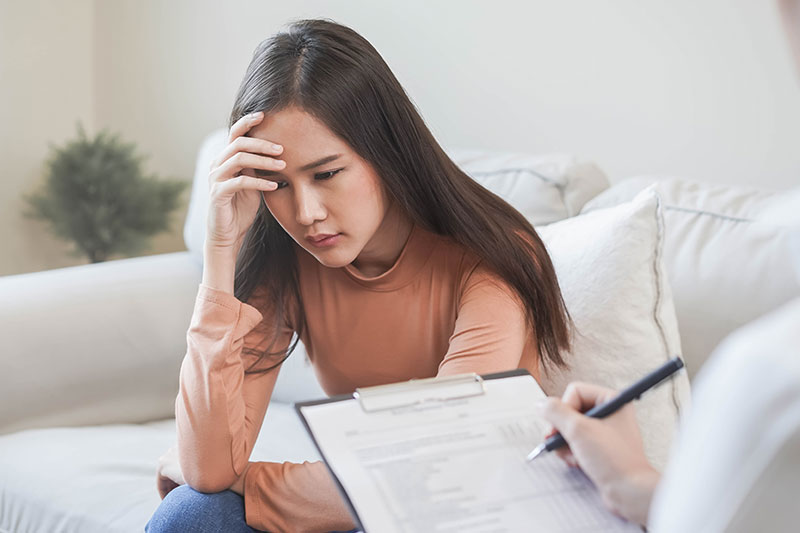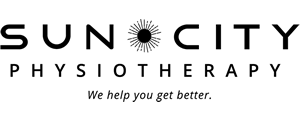
Pain Is Not Just a Body Problem!
Pain Is Not Just a Body Problem!
“Pain is not just a ‘body’ problem, it is a whole systems problem”
– Jon Kabat Zinn
Earlier this month, we recognized National Pain Awareness Week. Additionally, this colder, wetter, darker time of year is a common time for increased pain for many people. It sounds like a time to talk about pain!
Understanding and managing pain as a holistic priority versus an issue that impacts only one localized area of the body, can actually help us meet our needs in a comprehensive way.
Our whole selves – including our whole body – encompass multiple subsystems working together to keep us alive, safe and healthy, such as the nervous system and the musculoskeletal system. Each function as one part of the bigger system, with the shared role of maintaining homeostasis – the “status quo”. If we become too hot, we get cooled down. When we are hungry, we are prompted to find food. Upon feeling scared, we feel sweaty and nauseous as our whole self prepares to focus on a threat. There are parts of ourselves whose sole job is to monitor for stimulus, either inside or outside the body, that may impact homeostasis. There are other parts that respond to the stimulus in a way that mitigates the impact on the rest of the system.
Let’s apply this to the example of accidentally touching the hot handle of a pot on the stove. When we touch that handle, our peripheral sensory nerves pick up on the stimulus of heat and send this information along, up our spinal cord, and to our central nervous system – the brain stem and brain. There, the stimulus is processed: what is this, and what does it mean? A plan is then created for how to respond. Peripheral motor nerves send this plan back through the body, and we move our hand away from the hot handle. Chemicals may be released to manage pain and to allow us to move quickly. This all happens in a matter of seconds.
But this cascade of events is not the only thing happening within our whole system. While some subsystems work together automatically to mitigate, such as the threat of a burn on our hand, another part of our brain remembers a time when we burned ourselves and what we did to take care of it. And so we find a tap and run cold water over the area that touched the hot handle. And either the persistent or reduced sensation of the burn tells us to keep running the water or not.
Let’s add another component. Perhaps when we’re running the water, we notice that we did not get to the burn in time, and it has begun to blister. We know we have to use that hand for an important task coming up; this will now be near impossible with this injury. We start experiencing worries about what to do and what will happen. We start to feel anxious. We may experience self-talk, saying that we’re clumsy and slow. We may feel ashamed. At this point, we do have some options for how to respond. Just like choosing whether or not to recognize a forming burn and run cold water over it, we can also choose to recognize the emotions, thoughts and beliefs we are experiencing and take care of them in a compassionate way. If we decide not to, we may experience a build-up or even an overwhelming load of neglected emotions, thoughts and beliefs; much like a burn that is left blistering under the skin, causing more pain and maybe even damage. And an ironic thing is we have learned that mental and emotional stress that is not taken care of places an extra load on our nervous system. This activates or exacerbates pain and chronic health conditions. So taking care of our body pain requires more than running cold water over a burn!
